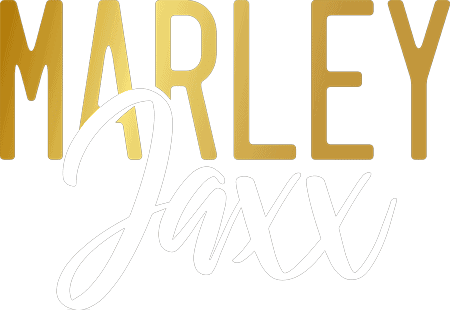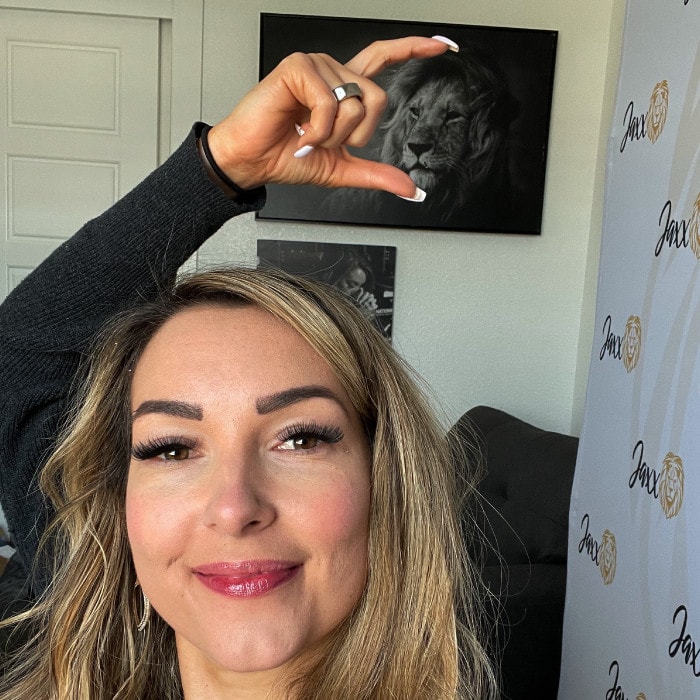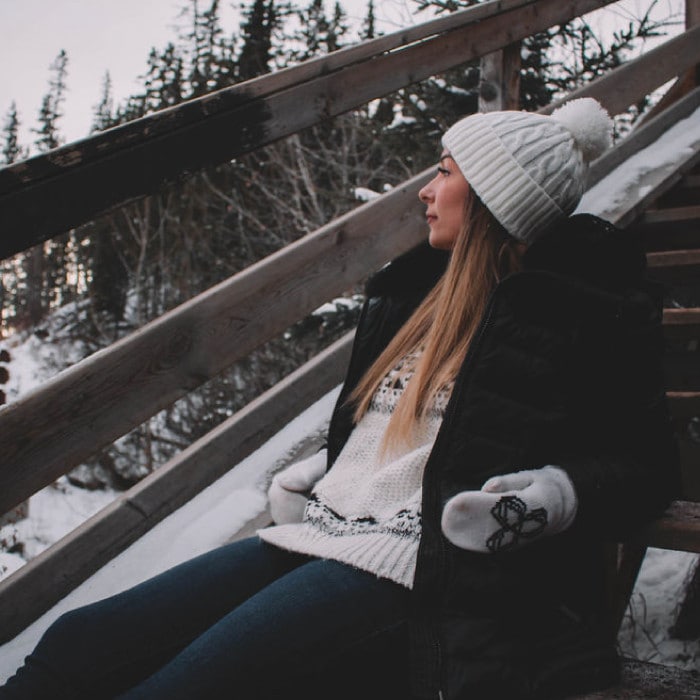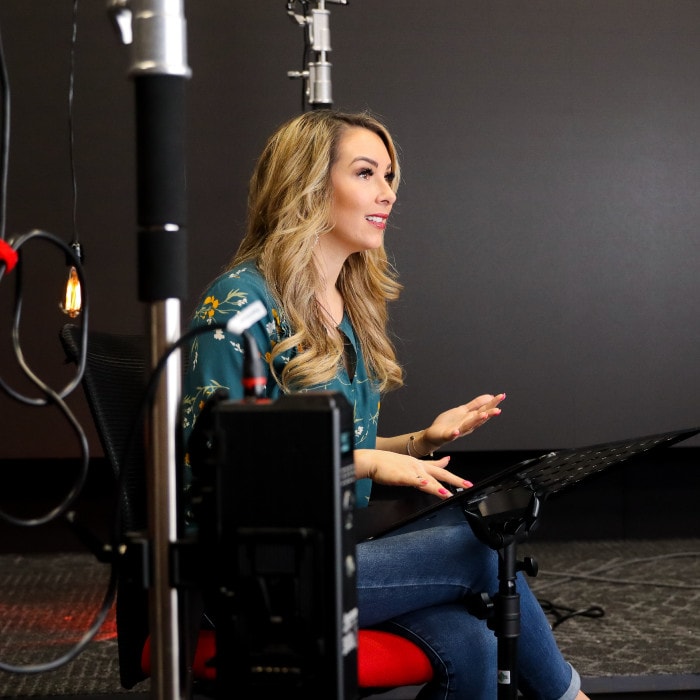How To Avoid Fake Instagram Influencers
FREE DOWNLOAD: Influencer Marketing Template
Looking for influencers to help build your business? Let me introduce you to California model and influencer Alexa Ray @calibeachgirl310 and travel photographer Amanda Smith @wanderinggirl. Both women have a very huge, five digit following on social media. At the same time they have awesomely curated feeds that can fit your brand. Earlier this year a protein drink company offered them sponsorship deals to advertise their products. Sounds like a good deal right? The problem is both accounts are fake. Want to give these ladies a chance, think again.
Influencer marketing, Mediakix, published a study on fake accounts, they created two of these accounts to run their pilot and research. Using a local model to stand in as the lifestyle blogger they generated an entire profile’s worth of content in a one day photo shoot. For the second account, they used free stock photos to reflect the Instagramer’s travels. They then purchased fake followers from different sites. After reaching the minimum threshold of 10,000 followers, they qualified to enter influencer networks which opened the fake account’s doors to branded deals. What’s crazy is that companies have started awarding campaigns to these fake influencers.
Fake Instagram accounts are a big, big problem especially for advertisers, it’s scary to think that all that money they invested in these efforts will be wasted and nothing will come back to the brand. It’s important for companies and marketers to do a little do diligence to ensure that what you see is really what you get. It may be difficult, but not impossible.
They’re several warning signs that you can use to see if the influencers you’re getting are phonies. But first, you must organize and categorize your influencers for easy reference. If you want to manage influencer marketing with ease check out my free and easy to use influencer marketing template. This will help you summarize and compile all the influencers you’d want to tap into for your campaigns and what are the next steps you’ll need to make it a success. You can download that for free.
Warning sign number one, comments without replies. If you see their accounts you might notice repetitive comments, but when you open the profiles of those who commented you’ll either see no images posted or just a hand full of content. These may be bot accounts that are paid to comment.
Warning sign number two, large following, but little engagement. If a user has a huge following but there’s little to no engagement on the photos these followers are most likely bot. As a rule of thumb, accounts garner at least 8-10% as engagement from their followers. If they fail to get that number, it tells you two things. It’s either bot or the content is not appealing to the audience. The latter can be analyzed when you look at each post.
Warning sign number three, following lots of accounts. When you see that an account is following large groups of people versus the actual followers of the page, they’re most likely bots. They’re designed to follow and like posts automatically.
Warning sign number four, large following, new account. When an account posted a few photos in a short time and already has more then 10,000 followers you need to get skeptical. Influencers take their time to develop their huge following. Use the profile history to assess if the influencer is real or not. If you’re still unsure despite the warning signs, do quick reverse image search. Grab the image or post and search for the content on Google. If the content is really from the influencer search engines will be able to tell you the origins of the photo. At the same time, look for return links to that account.
If you want to learn more about influencer marketing you can download my free complete guide to influencer marketing.












